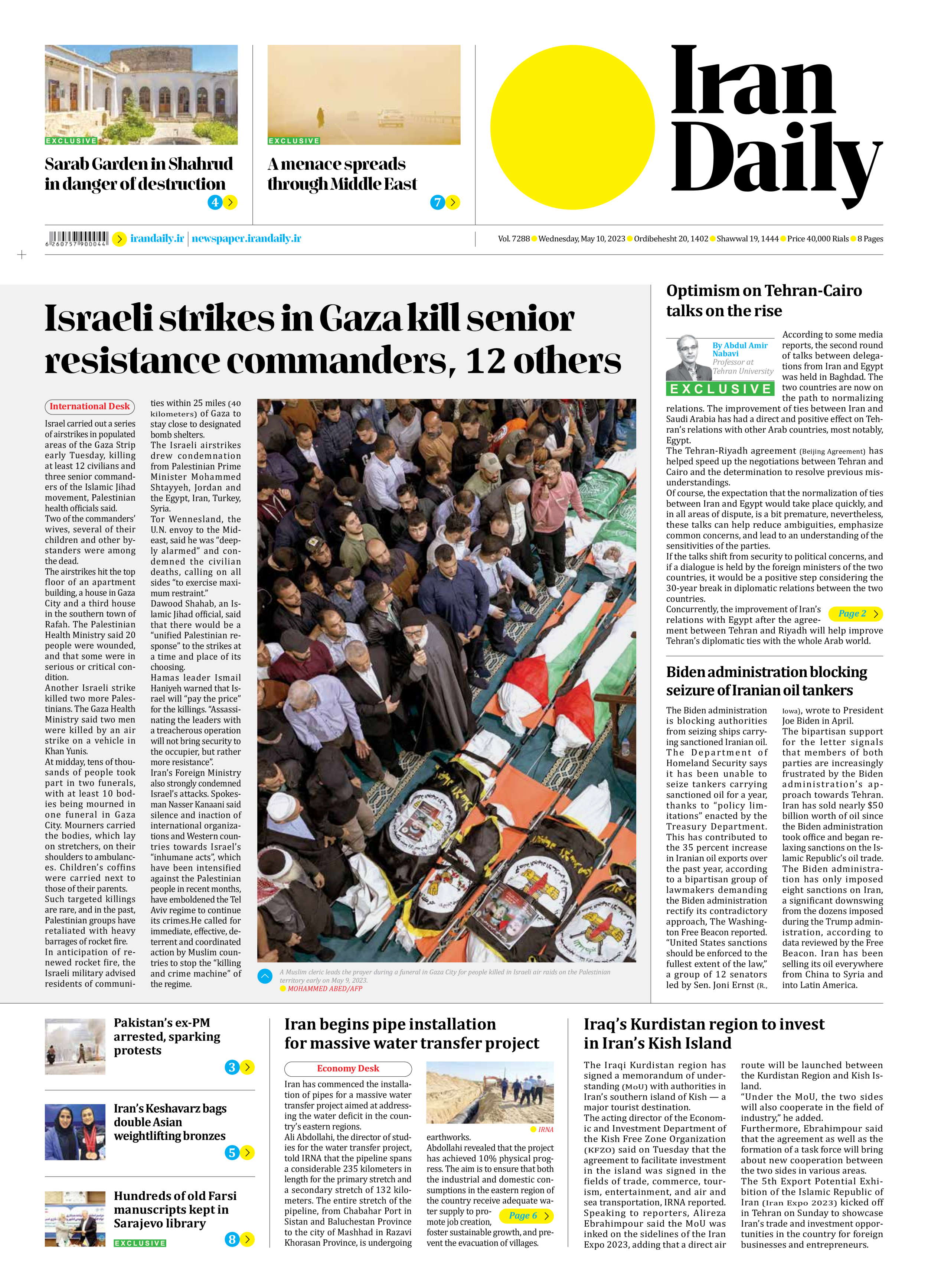
Iran begins pipe installation for massive water transfer project
Iran has commenced the installation of pipes for a massive water transfer project aimed at addressing the water deficit in the country’s eastern regions.
Ali Abdollahi, the director of studies for the water transfer project, told IRNA that the pipeline spans a considerable 235 kilometers in length for the primary stretch and a secondary stretch of 132 kilometers. The entire stretch of the pipeline, from Chabahar Port in Sistan and Baluchestan Province to the city of Mashhad in Razavi Khorasan Province, is undergoing earthworks.
Abdollahi revealed that the project has achieved 10% physical progress. The aim is to ensure that both the industrial and domestic consumptions in the eastern region of the country receive adequate water supply to promote job creation, foster sustainable growth, and prevent the evacuation of villages.
According to Abdollahi, by 2041, the water deficit in Razavi Khorasan Province will be addressed by allocating 330 million cubic meters of water annually. Of the allocated water, 120 million cubic meters will be designated for industrial use, and the Ministry of Energy has already issued the necessary permits for this allocation. Additionally, 210 million cubic meters of water have been reserved for domestic consumption in Razavi Khorasan.
The massive water transfer project is expected to go a long way in maintaining stable populations in cities and villages in the eastern part of the country, particularly in the border regions.
The project of transferring water from the Oman Sea to eastern Iran, initiated in November 2021, aims to address the dire water shortage in eastern Iran. The plan involves conveying water from the Oman Sea and the Persian Gulf to Razavi and South Khorasan provinces and is expected to be completed by 2026.
Razavi Khorasan, characterized by its dry and arid climate, is currently facing an acute water crisis, with 34 out of 37 plains in the province identified as having critical water conditions, and groundwater levels dropping considerably.
Nearly 90% of the province and 98% of the provincial capital Mashhad are facing severe drought conditions, emphasizing the need for collective action and public participation to overcome the water stress in the region.







